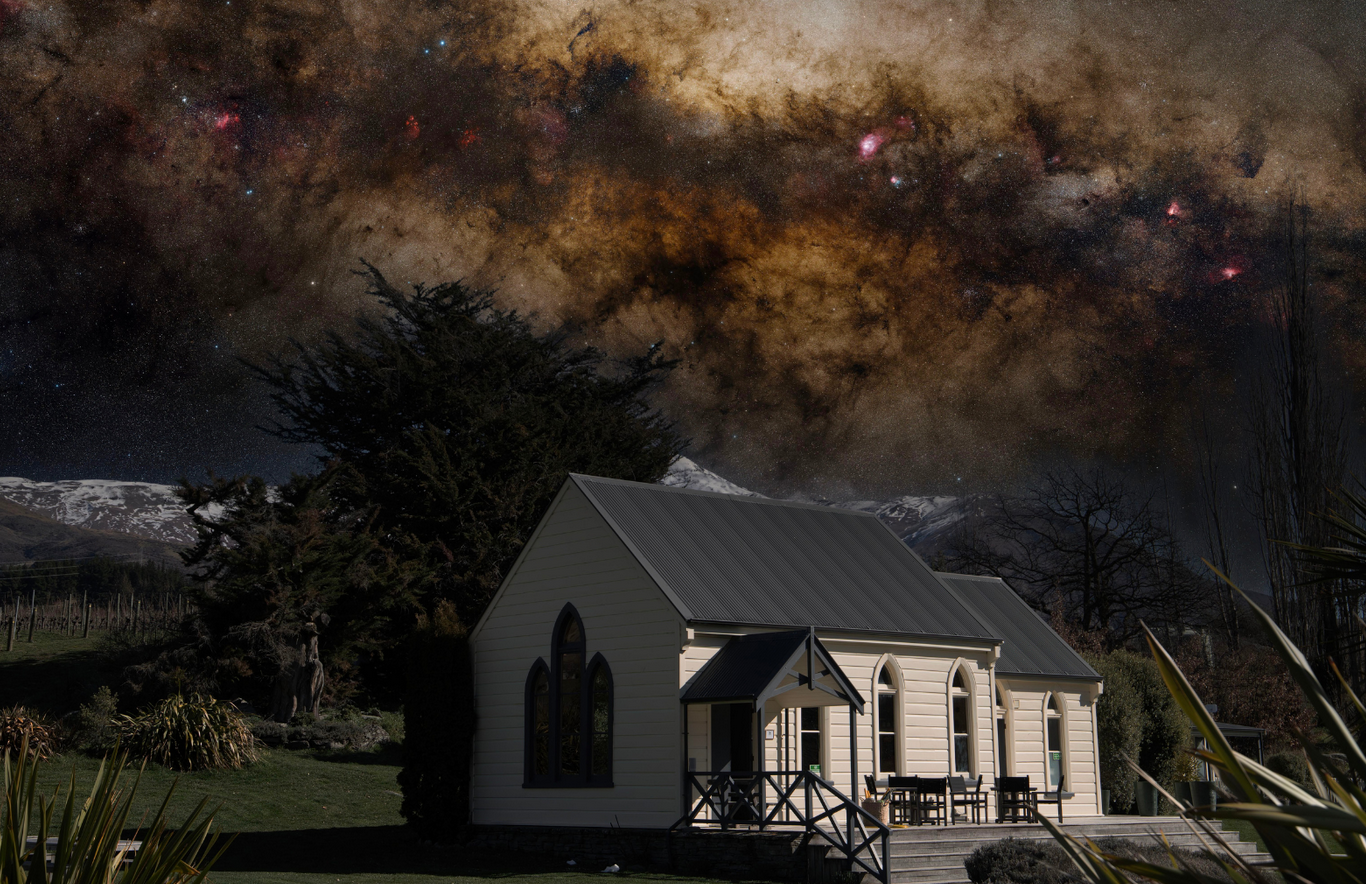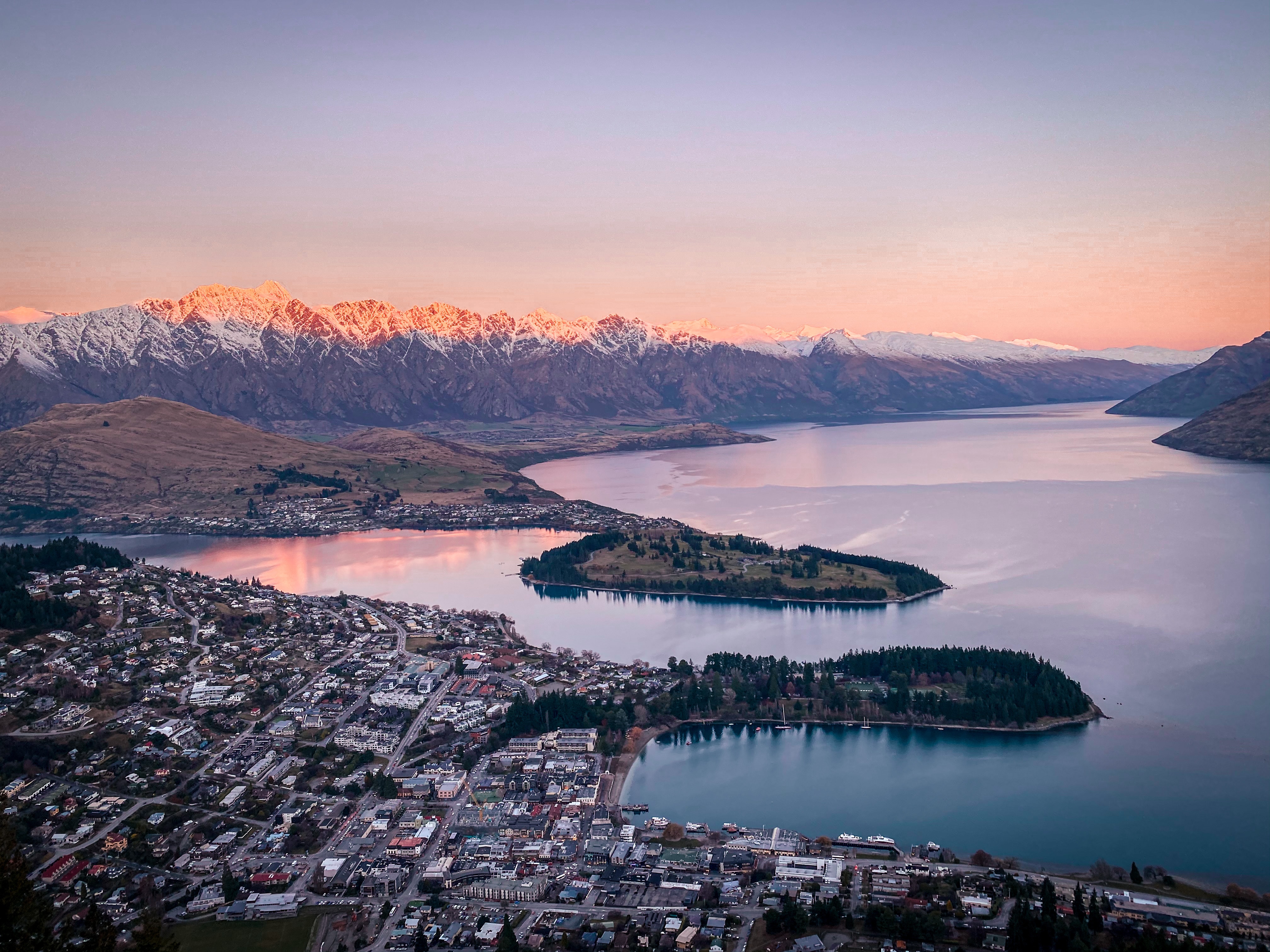BEST VIEWED IN LANDSCAPE MODE ON MOBILE DEVICES
U.S.FTC GUIDELINES PLEASE NOTE: we act as an affiliate for several companies that feature on our website. In some cases we may earn a commission from referrals to those companies. For further information please refer to our Privacy and Disclaimer policies which can be found in the "About" tab.
U.S.FTC GUIDELINES PLEASE NOTE: we act as an affiliate for several companies that feature on our website. In some cases we may earn a commission from referrals to those companies. For further information please refer to our Privacy and Disclaimer policies which can be found in the "US" tab.
Current time in Queenstown New Zealand
What's the current time in Queenstown New Zealand? Here's A practical guide for knowing, scheduling, and planning your new zealand adventure
Here's the current time in Queenstown New Zealand.
Clocks supplied by timeanddate.com
The technical stuff just in case you are interested
New Zealand keeps time a little differently from many countries, with a main national time, a unique 45‑minute offset for the Chatham Islands, and seasonal daylight saving changes. If you run a business, schedule international meetings, or publish time-sensitive content, here’s what you need to know to stay accurate and on time.
The time zones at a glance
- Mainland New Zealand uses New Zealand Standard Time (NZST), which is UTC+12 in winter, and New Zealand Daylight Time (NZDT), which is UTC+13 in summer.
- The Chatham Islands, 800 km east of the South Island, use Chatham Island Standard Time (CHAST, UTC+12:45) and Chatham Island Daylight Time (CHADT, UTC+13:45). That 45‑minute offset is one of the few of its kind in the world.
- In software and calendars, the standard IANA time zone identifiers are:
- Pacific/Auckland (mainland New Zealand)
- Pacific/Chatham (Chatham Islands)
Daylight saving time (DST) in New Zealand
New Zealand observes daylight saving time to make better use of evening daylight in the warmer months.
- When it starts: Clocks move forward by one hour on the last Sunday in September.
- On the mainland, the switch happens at 2:00 a.m. NZST, jumping to 3:00 a.m. NZDT.
- On the Chathams, the switch is at 2:45 a.m. CHAST, jumping to 3:45 a.m. CHADT.
- When it ends: Clocks move back by one hour on the first Sunday in April.
- On the mainland, 3:00 a.m. NZDT goes back to 2:00 a.m. NZST.
- On the Chathams, 3:45 a.m. CHADT goes back to 2:45 a.m. CHAST.
Legal framework and official sources
- The legal basis for standard and daylight time is set by the Time Act 1974 and the New Zealand Daylight Time Order 2007. The Department of Internal Affairs (DIA) administers daylight saving arrangements and publishes public guidance each year.
- The Measurement Standards Laboratory of New Zealand (MSL), part of Callaghan Innovation, maintains the national time standard (UTC(NZ)) using atomic clocks and contributes to Coordinated Universal Time (UTC). MSL is New Zealand’s authority for precise timekeeping and provides official time services used by government and industry.
- For developers and digital publishers, the IANA time zone database (tz database) encodes New Zealand’s rules, ensuring systems handle DST and offsets correctly.

Sunrise and sunset by season
New
Zealand stretches from roughly 34°S to 47°S latitude, so daylight
varies noticeably by location and season. Summers are long and bright,
especially in the south; winters bring shorter days, particularly for
southern cities.
These are typical patterns; exact times vary by date, location, and terrain. For authoritative daily times, use NIWA’s solar calculators or MetService’s sunrise/sunset listings.
Summer (December–February, NZDT)
- North (e.g., Auckland): Around the December solstice, sunrise is typically near 5:55–6:00 a.m., with sunset near 8:50–9:00 p.m. Expect roughly 14.5–15 hours of daylight.
- Central (e.g., Wellington): Sunrise around 5:45 a.m.; sunset around 9:05–9:15 p.m. Daylight near 15+ hours.
- South (e.g., Christchurch, Dunedin, Invercargill): The longest days in the country. Sunrise often 5:40–5:50 a.m.; sunset 9:20–9:50 p.m., giving 15.5–16+ hours of daylight.
- Chatham Islands: Similar seasonal pattern, with local clock times about 45 minutes ahead of mainland centres at similar latitudes.
Autumn (March–May)
- Day length decreases steadily. In early March, evenings remain light (post‑7:30 p.m. sunsets in many places), but by late May, sunset commonly falls before 5:30–5:45 p.m. in the south and around 5:15–5:30 p.m. in the north.
- The first Sunday in April clock change shifts sunsets “earlier” by one hour on the clock.
Winter (June–August, NZST)
- North (Auckland): Around the June solstice, sunrise is typically near 7:30–7:40 a.m., sunset 5:10–5:20 p.m., for about 9.5 hours of daylight.
- Central (Wellington): Sunrise about 7:40–7:50 a.m.; sunset near 5:00–5:05 p.m.
- South (Christchurch, Dunedin, Invercargill): The shortest days. Sunrise commonly 8:00–8:30 a.m.; sunset roughly 5:00 p.m. or slightly earlier, with 8.5–9 hours of daylight.
- Clear skies and low sun angles can produce vivid sunrises and sunsets, but also more twilight in shaded valleys.
Spring (September–November)
- Days lengthen quickly. By late September, many centres see sunsets after 6:15–6:45 p.m. NZST. After the last‑Sunday‑in‑September shift to NZDT, clocks show post‑7:00 p.m. sunsets again.
- Morning light arrives earlier each week, improving pre‑work daylight hours through October and November.
Summary
New Zealand’s main time is UTC+12 in winter (NZST) and UTC+13 in summer (NZDT), with the Chatham Islands 45 minutes ahead year‑round. Daylight saving runs from the last Sunday in September to the first Sunday in April. Summer brings long, late evenings (especially in the south), while winter compresses daylight into shorter working hours.
As you can see, daylight hours increase significantly during the warmer months, perfect for making the most of our amazing country.

Time in Queenstown New Zealand Top of Page